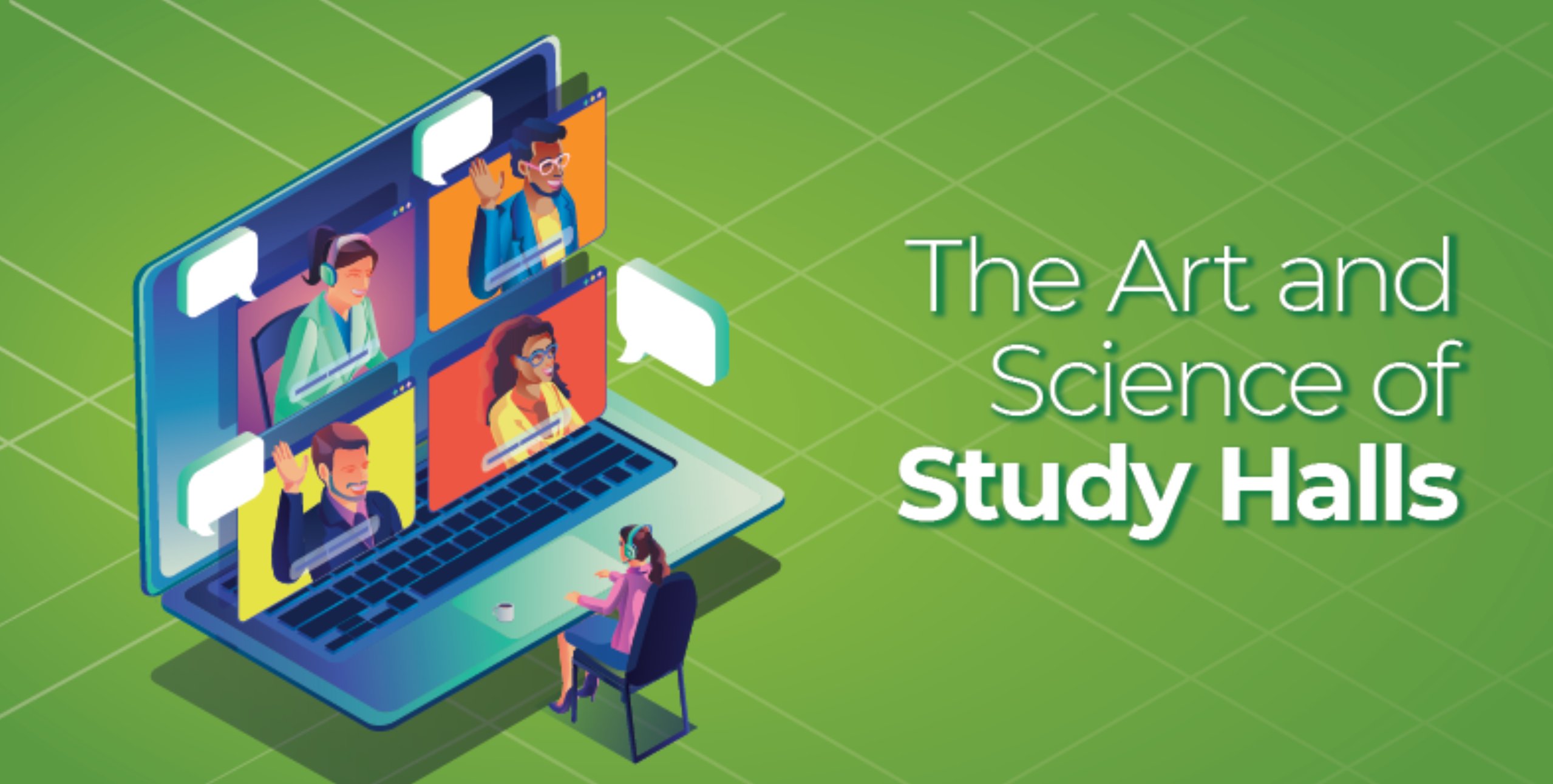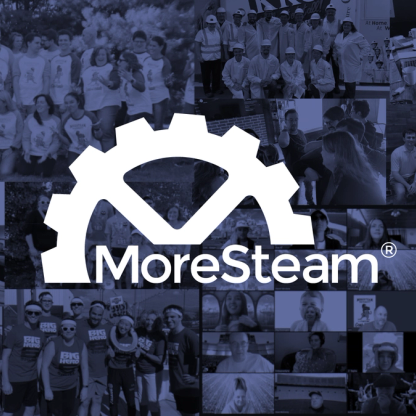
4 Keys to Making Your Virtual Study Halls a Success
December 14, 2021There might be nothing more valuable for coaches than connecting one‐on‐one with Belt trainees, but the "study hall" can be the perfect middle ground between individual sessions and asynchronous training.
Study halls also have a dynamic set of features — targeted instruction, on‐the‐fly group discussions, and varied attendee needs — that make them as much an art as a science. This is the case whether they're in person or virtual, the latter now common practice as companies navigate safety concerns and hybrid workforce arrangements amid the pandemic.
MoreSteam President Peg Pennington recently chatted with two experienced virtual study hall leaders, Spranger Business Solutions' Chris Spranger and Strategic Quality Solutions' Maria Fry, during MoreSteam's 19th annual Best Practices Conference. The following is a look at insights from Spranger and Fry on how coaches can address some of the challenges of virtual study halls.
1 — Find a "Sweet Spot" on Group Size and Session Length
Unlike the setup you might be used to from your high school days - a mass of students desperately avoiding the work they have the time to complete — Lean and Six Sigma study halls are designed to be an opportunity to dive deeper into the work that's already done and work through challenges encountered after each phase of the DMAIC process. Those kinds of conversations are harder to tailor to individual needs the larger the group size gets.
"Over 30 participants, the conversation tends to lag," said Fry of Strategic Quality Solutions. Pennington and MoreSteam recommend piloting virtual study halls of about 15 attendees to gauge the flow of the conversation and your own ability to meet individual needs.
Session length is another important consideration, especially when leveraging one of the biggest benefits of virtual study halls: gathering trainees across different time zones. Spranger of Spranger Business Solutions recommends sessions of no more than two hours.
"If you need more than two hours, that needs to spill into another session," he said.
2 — Let Them Do the Talking — and the Learning
Education researcher Dr. Jennifer York‐Barr is known for saying that whoever is doing the talking is doing the learning. This applies to adult education settings just as much as it does to a K‐12 classroom. Both Fry and Spranger emphasized the importance of giving the floor to your attendees as much as possible, a strategy that requires some advance preparation and a willingness to embrace unexpected pivots in the session - call it "freestyling."
If someone can't answer a question, then talk about that. You do have to build that trust with participants, though, but that's really the benefit of study halls.
One of these strategies borrows again from the K‐12 classroom: "When people aren't answering, call on them," Fry said. "If someone can't answer a question, then talk about that. You do have to build that trust with participants, though, but that's really the benefit of study halls."
That culture, Spranger said, can be the springboard to truly revelatory moments as trainees move through the DMAIC process.
"They need to know it's OK to not know," he said, "and that they need to open up their brains and share what they're thinking. One of the values people get in attending is being able to air their thoughts and have a conversation around certain topics."
Allowing those conversations also means not overplanning your own material.
"The last thing I want is me speaking to a PowerPoint and them leaving," Fry said. "Honestly, if I do that through the whole session, you can do that through e‐learning."
3 — Do Your Homework
Without the structure a presentation affords, it's particularly important for study halls to be shaped around attendees' successes and struggles with the material they're working through asynchronously. That's where spending pre‐study hall preparation time with tools like MoreSteam's Coach View dashboard can be particularly valuable, Spranger said.
"Some of that 'freestyling' for that particular cohort can come from checking Coach View and asking, 'Do I see trends across students where I need to do more depth for a particular topic?'" Spranger said.
That data‐driven re‐teaching and support can help close gaps in learning, but perhaps the most valuable form of advance planning can come from tapping members of a cohort in advance so they're prepared to share their real‐life project experiences with the rest of the group. Students also can be recruited during study halls to teach concepts at the next session, a routine practice for at least one MoreSteam coach.
This degree of accountability, Pennington said, allows companies to "communicate the expectation that we're investing in your capabilities and trying to build your skill set, but there's also an expectation that you're going to return that by being an attentive student and close that gap for the organization."
4 — Keep Yourself in Continuous Improvement Mode
Coaches teaching students that continuous improvement involves routine reflection and recalibration shouldn't forget this step for their own study halls. Spranger said he collects data for this process by allowing students to weigh in at the end of each session on "What worked?" and "What didn't?"
Fry added that coaches can turn to the "level" of questions students are asking as a key performance indicator. Questions focused less on the definitions of tools and concepts — material easily suited for independent learning — and more on complex thinking and real‐world application are a sign that students' needs are being met. More importantly, it shows that they're pushing themselves.
"I always have my own little 'health meter' running in my head," Fry said. "We always want to get them to more application as we go."
Interested in learning more about blended learning and how to engage your students? Check out our Blended Learning Model to learn how study halls, data-driven coaching, and training simulations prepare students for project work.

MoreSteam's Enterprise Process Improvement platform includes the tools, training, and software you need to transform your organization, large or small, into a problem-solving powerhouse. Our products are trusted by over half of the Fortune 500 and by other organizations and universities worldwide. When you partner with MoreSteam you gain a team dedicated to helping you succeed.



